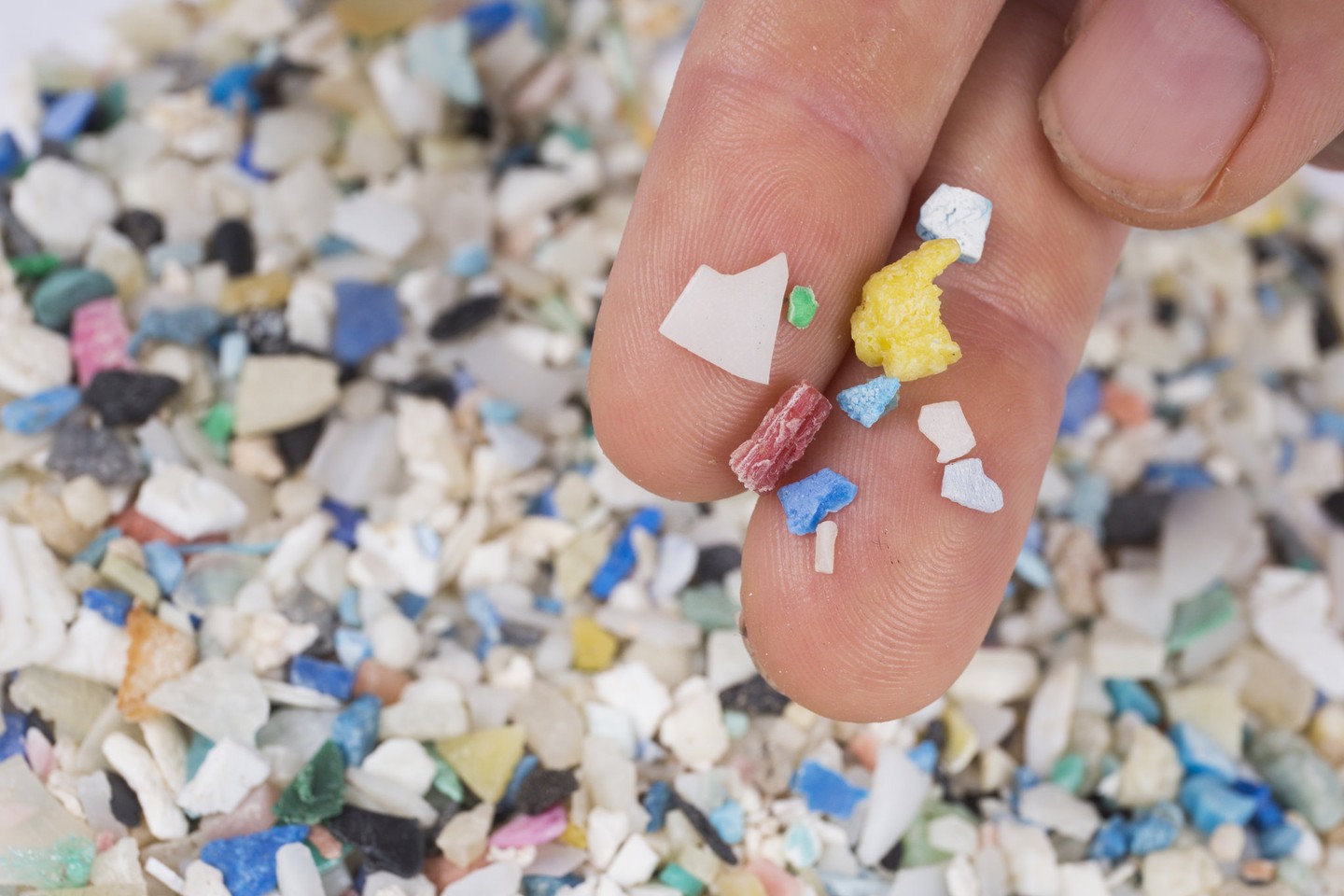In an alarming discovery, microplastics have officially been found in humans for the first time, leading to concerns that they could already be causing a whole host of health and fertility problems.
Microplastics are particles of plastic smaller than 5mm that and are used in various products, however they also form when large pieces of any type of plastic break down through weathering, degradation or wear and tear.
Previous studies had calculated that Europeans could be ingesting as many as 11,000 tiny pieces of plastic in a single year, through consuming seafood or accidentally eating bits of packaging, however it had never been proven until now.
Scientists at the Austrian Environment Agency and the University of Vienna conducted a study that analysed stool samples of people from eight different countries and found that every one contained microplastics. In some instances as many as nine different types of plastic were found in a single stool sample. On average, 20 microplastic particles per 10g of human waste were found.
“This is the first study of its kind and confirms… that plastics ultimately reach the human gut,” said Dr Philipp Schwabl, the lead researcher who presented the findings at the United European Gastroenterology meeting.
“While the highest plastic concentrations in animal studies have been found in the gut, the smallest microplastic particles are capable of entering the bloodstream, lymphatic system and may even reach the liver.”
“We need further research to understand what this means for human health.”

Alarmingly, microplastics – shed by everything from synthetic clothing to road paint – are already present in 83 per cent of tap water samples, all German beers and even in European rainwater, studies show.
Experts fear that microplastics in the body may damage the immune system, trigger inflammation, and can help carry toxins such as mercury or pesticides into the body. In sea mammals, it is believed plastics damage fertility.
The study looked at eight individuals from Finland, Italy, Japan, the Netherlands, Poland, Russia, the UK and Austria.
Their food diaries showed that all were exposed to plastics during the week either by consuming plastic-wrapped foods or drinking from plastic bottles. Six of them consumed sea fish, that often consume microplastics.
Dr Stephanie Wright, a research fellow at King’s College London, said: “The fact that so many different polymers were measured suggests a wide range of contamination sources. What is of concern is whether this size range reflects our true exposure, or if smaller sizes are being retained or are able to cross over the gut wall.”
“What may be of greater concern for these large microplastics, is whether any associated chemical contaminants leach off during gut passage and accumulate in tissues.”
H/T – The Telegraph, London

